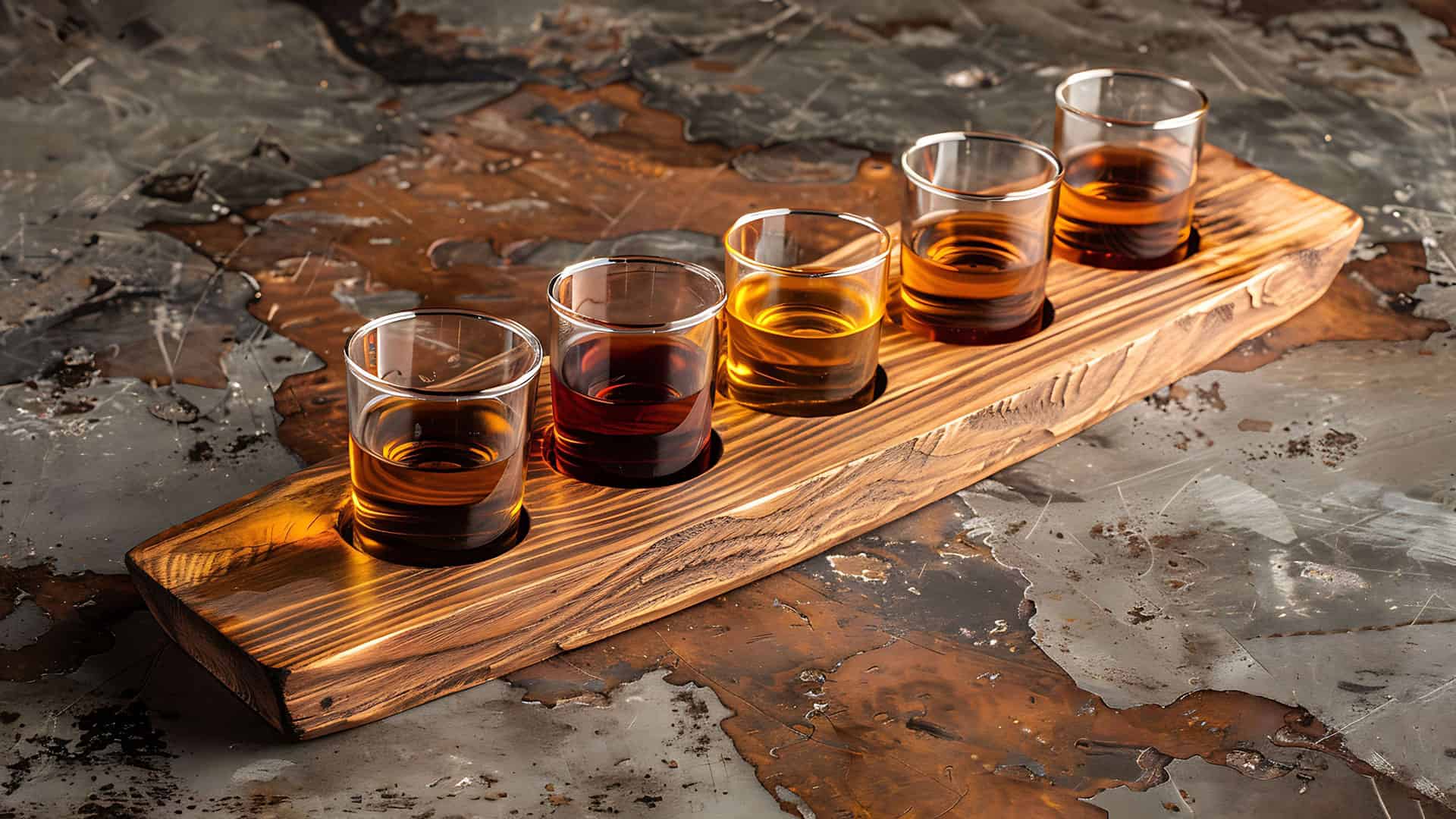Eau-de-vie comes from the French and means water of life. It is used to describe distilled schnapps or wine marc. In the production of eau-de-vie, various types of fruit such as cherry, plum, raspberry, mirabelle plum and apricot are processed to create top-quality brandies, some of which are outstanding.
If only one type of fruit is processed, eau-de-vie is given the corresponding addition, for example eau-de-vie de kirsch. If a distillate is made from grape marc, it is also known as marc, which is comparable to the Italian grappa.
To produce the distillate, the selected fruit must first be fermented. This is sometimes done by adding sugar and yeast. Once fermentation is complete, i.e. the sugar contained in the mash has been completely converted into alcohol, distillation can take place in the form of the distillation process.
There are two different ways of distilling. Either it is carried out over a direct flame or in a water bath – also known as a bain-marie in French. The second option allows the evaporation of the fine and volatile fruit aromas to be better controlled. Each distillery uses its own type of still. Of course, the craftsmanship and industrial skill of the distillery has a certain influence on the quality of the end product, but nothing works without fruit of impeccable quality. If this is only available in inferior quality before the distillation process, the schnapps later presents itself accordingly in the glass.
Distillates are offered in a wide range of quality levels and price categories. For optimum enjoyment, it is important that the fruit flavors are preserved. Accordingly, it should be enjoyed either at room temperature or in a glass poured with ice cubes. An eau-de-vie has no place in a refrigerator.

